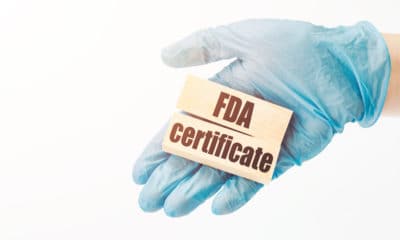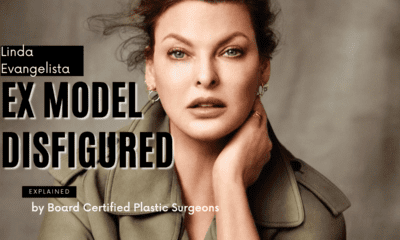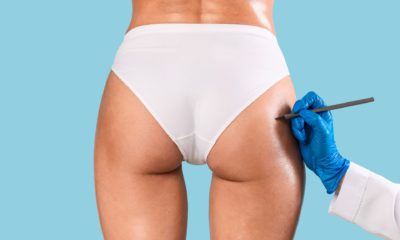We live in an image driven society like never before seen in history. Smart phones and social media have taken that old adage, “a picture is worth a thousand words,” and pumped it full of steroids. In the realm of plastic surgery, fake before and after photos are a huge problem. Because of their increase, patients come in expecting the impossible.
No Spin Live host Dr. Caroline Glicksman of Sea Girt, NJ is joined by her colleagues Dr. Kristi Hustak of Houston, Dr. Mary Gingrass of Nashville and Dr. Christine Hamori of Boston to discuss fake before and after photos and why it is so important for patients to realize that if it looks to good to be true, it probably is.
Buyers Beware
Patients see images everyday on Instagram, the web and even on outdoor billboards. On her morning drive to work, Dr. Glicksman passes a billboard from a local surgeon who is not even a plastic surgeon.”[The ad] has one fake image after another,” she says. “I’m going to this guy if he can deliver a facelift like that!” We all know that oftentimes, what we see is not what we get.
For example, there was a recent post on Instagram of a before and after of an abdomen that had gone from severely sagging with wrinkles to smooth and taut. The transformation was supposedly the result of a skincare line. Dr. Gingrass has to believe that no one would look at this photo and believe that this kind of improvement was actually achieved with skin care alone, which was the point of this Instagram post. “There’s absolutely no way that you could get that improvement with skincare products alone,” she remarks. The patient has obviously had an abdominoplasty, or tummy tuck, which is why the after photo does not show the lower area of tummy where the scar is located. It’s obviously fake. “Unfortunately, buyers have to beware now,” shares Gingrass.
How to Spot if a Photo is Photoshopped?
Furthermore, many before and after photos today are also photoshopped. For example, there is a photo taken from an angle of a woman’s buttocks and legs. You see the progression from “before,” in which the skin is dimpled with cellulite, has a rough, uneven texture and sags, to skin that is smooth, unblemished, and lifted like that of a teenage supermodel. “This is not from surgery alone,” explains Gingrass.”This is from the airbrush tool on Photoshop and build-a-butt.”
It’s unethical. Both the American Society of Plastic Surgeons (ASPS) and the American Society of Aesthetic Plastic Surgery (ASAPS) “put really onerous rules on us,” she continues. Legitimate plastic surgeons aren’t allowed to do this kind of thing or they will get penalized with an ethics violation.
These two boards require their members’ ads to be clearly labeled as either a model or actual patient. Dr. Hamori thinks this is “a great idea. Patients need to look to see if there is evidence of airbrushing. Basically, if it looks too good, it’s not true.” Patients need to be educated on how to be a discerning customer and use reasonable sense. A cream isn’t going to lift your buttocks or abdomen.
But Patients Buy into These Fake Photos?
Patients still buy into these fake photos. They will come into Dr. Hustak’s office and show her one of these kinds of photos on their phone and say, “I want what this doctor is doing.” Patients need to be more aware about the trickery of lighting and angles. No one looks good in bright lights. It’s why most women hate dressing rooms! Lighting, good or bad, can help make a result in a photo look awful or look great. It’s a quick and easy way for a doctor to manipulate results. The same goes for filters and a spray tan; both hide a myriad of imperfections.
“I think people are getting a little more savvy about filters,” says Dr. Gingrass. Obviously, for the younger generation who know how to use filters and what they can do, this isn’t an issue. But for the older generation who did not grow up with cellphones and social media and photo editing, “a lot of people are still fooled by this.”
They’re all marketing ploys “to make a dollar,” says Dr. Hustak. “We hold ourselves to a higher ethical standard, but the question is: ‘Are we losing that marketing battle?’” Her advice to patients is to be wary of the single photo. Look for a series of photos that show the results from different angles. If a doctor can reproduce an excellent result in multiple photos, that is the real deal.



















Facebook
Twitter
Instagram
YouTube
RSS